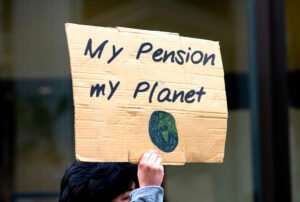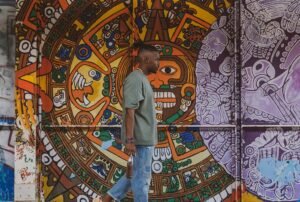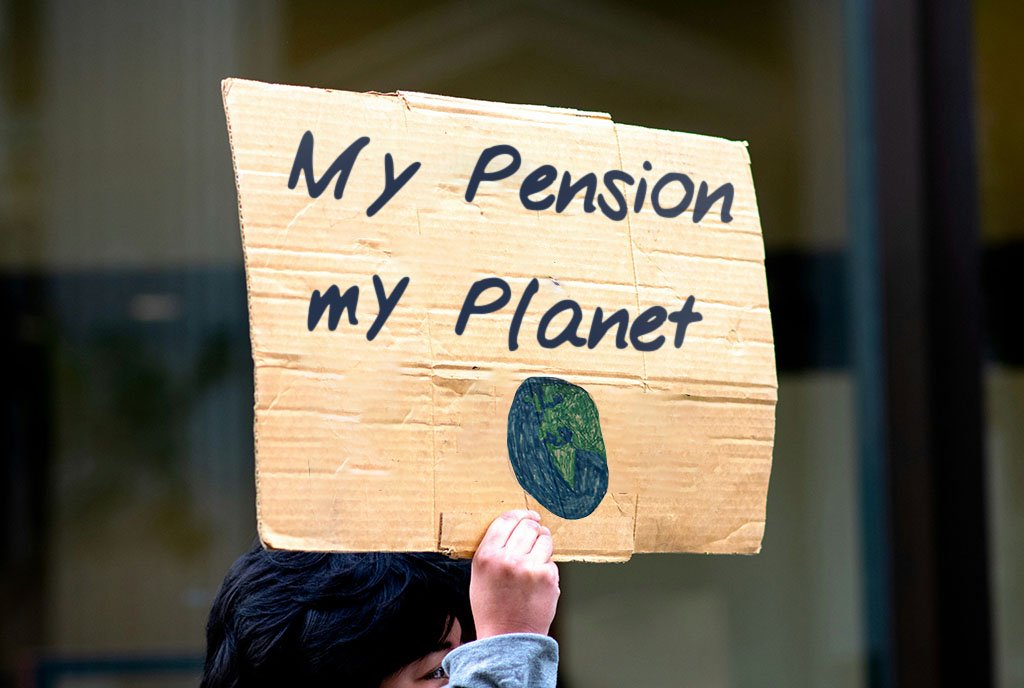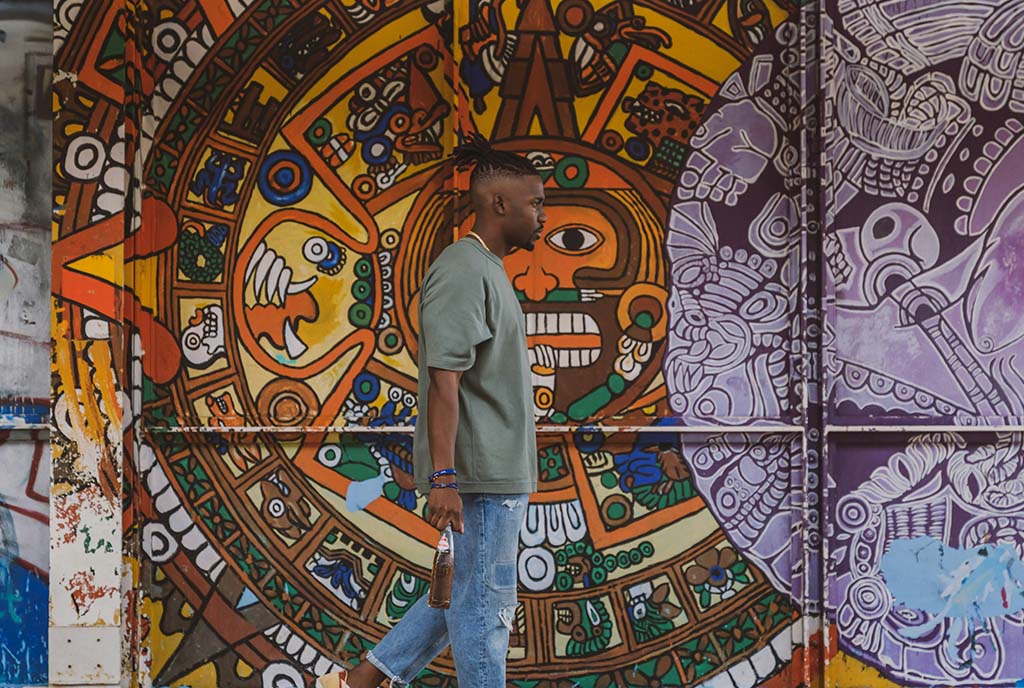
What is the role of the arts and culture in the economy? It’s a bit of a trick question, because, as Danya Sherman reminds us at the beginning of report that she wrote with support from ArtPlace staff members Jamie Hand and Chelsea Bruck, “Since time immemorial, communities have been developing creative practices and culturally specific traditions that are deeply intertwined with the way they produce, manage, exchange, and steward resources.”
In other words, the economy itself—and our notion of what constitutes “the economy”—is a cultural product.
Sherman’s report, Building Community Wealth: The Role of Arts and Culture in Equitable Economic Development, is one of the last reports to come out of ArtPlace America. In the organization’s farewell blog, published this past December 23rd, the team writes, “ArtPlace was a 10-year, $150-million collaboration among a number of foundations, federal agencies, and financial institutions that operated from 2010 to 2020.” The group aspired to “position arts and culture as a core sector of community planning and development.” In its grantmaking, the group financially supported a wide range of what it called creative placemaking strategies. While ArtPlace is no more, the nonprofit Common Future has pledged to continue supporting some of the work covered in the report.
“Culture—and the creative practices that make it up, including the arts—has and will always be a critical way to understand an economy and work to shift it,” Sherman adds, but for that to happen, there must be clarity about who “will benefit and to what end” from culture-based strategies.
Too often, arts-based approaches undermine rather than support equity, as Richard Florida, whose 2002 bestseller The Rise of the Creative Class encouraged arts-based economic development strategies, now acknowledges. Indeed, in a 2017 book on the “urban crisis,” Florida confesses, “I realized I had been overly optimistic to believe that cities and the creative class could, by themselves, bring forth a better and more inclusive kind of urbanism.”
Sign up for our free newsletters
Subscribe to NPQ's newsletters to have our top stories delivered directly to your inbox.
By signing up, you agree to our privacy policy and terms of use, and to receive messages from NPQ and our partners.
How does one ensure arts-based development avoids this outcome and instead promotes equity? To answer this question, Sherman chooses to take community wealth building (CWB), a framework in community economic development that prioritizes grassroots economic decision-making, and apply it to the arts world, developing the following chart to underscore her vision:
| CWB Concept | Arts Application |
| Democratic decision-making | Facilitating collaboration |
| Collective ownership | Accessing imagination to bring new economic structures into being |
| Reparations and justice | Building power to strengthen movements |
| Workers’ well-being | Healing individuals and communities |
| Non-extractive financing | Making the case for holistic, people-centered financing |
| Sustaining valuable resources | Creating new and sustaining existing forms of resource generation |
In the report, artistic practices are lifted up through specific case study examples. In terms of a group that facilitates collaboration in service to democratic decision-making, a key example cited is the Thunder Valley Community Development Corporation, a Lakota community nonprofit operating on Lakota land in southwestern South Dakota that combines business development and cultural revitalization work—sometimes in the same enterprise, as occurs with the Owíŋža Quilters Cooperative, a women-owned Lakota quilting business.
Other organizations profiled are the following:
- Las Imaginistas are an art collective from Brownsville, Texas. Founded in 2016, the collective brings together more than 15 artists and makers who work with low-income and immigrant communities along the Rio Grande Delta to advance justice and equity. Through their Taller de Permiso (Permission Workshop), community members learn to interact with city officials and advocate for policies that support their businesses, such as developing more user-friendly permitting rules for street vendors.
- In St. Paul, Minnesota, the Asian Economic Development Association pairs “local artists with under-resourced businesses to help keep the businesses afloat and increase community bonding” as part of its movement-building strategy.
- In Boston, Massachusetts, the Boston Ujima Project maintains an Arts and Cultural Organizing program that recognizes cultural workers as economy-builders and provides artists with a space to organize as a tool for healing individuals and the community.
- In Mississippi, Higher Purpose Co. facilitates people-centered financing through an integrated model that facilitates business ownership by area Black farmers and artists while also promoting narrative change through storytelling and engaging in advocacy campaigns.
- In Wisconsin, the Worm Farm Institute brings rural and urban communities together around farming, land conservation, and the arts, including an artist residency program and an annual festival that, in non-pandemic years, attracts over 20,000 people.
Sherman concludes by noting some areas raised in field interviews where connections between arts, culture, and community-based economic development can be deepened. Among these are the following:
- changing economic development metrics to include community wealth building measures
- integrating arts and culture into economic development systems
- building relational organizing and storytelling practices in the social service sector
- funding “community centers of power,” Black entrepreneurs, and Native businesses and cooperatives
- putting artists to work
- protecting Black, Indigenous, and People of Color (BIPOC) cultural institutions, and making assets at other institutions more democratically controlled
- investing long term
- taking a broader view of “asset building” to include community, not just individual, wealth
- expanding access to existing sources of financing and grants so people of color and artists of color can benefit from them
As the above list makes clear, not only is there much to be gained by connecting the arts to community wealth building, but those gains can be much greater if backed by a supportive economic policy ecosystem. The challenge ahead, writes Sherman, is to develop economic development institutions and systems that can advance “a more holistic approach to creativity, justice, and democratic wealth building efforts.”—Steve Dubb












